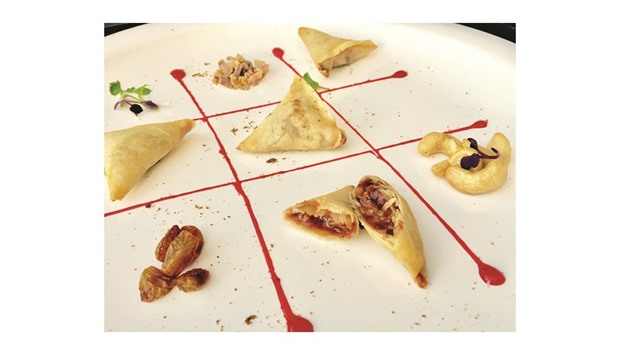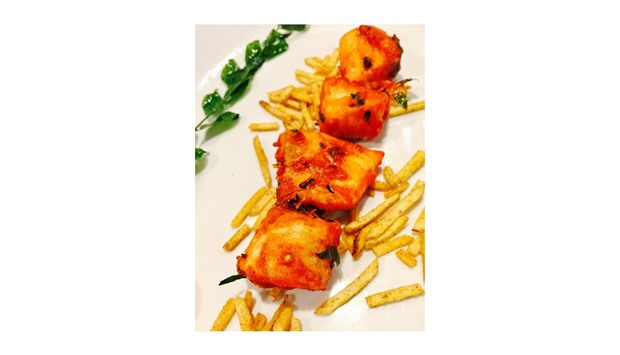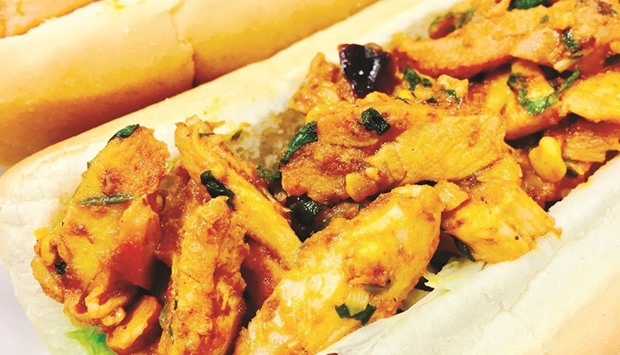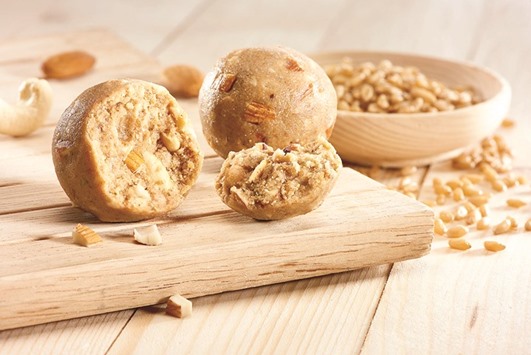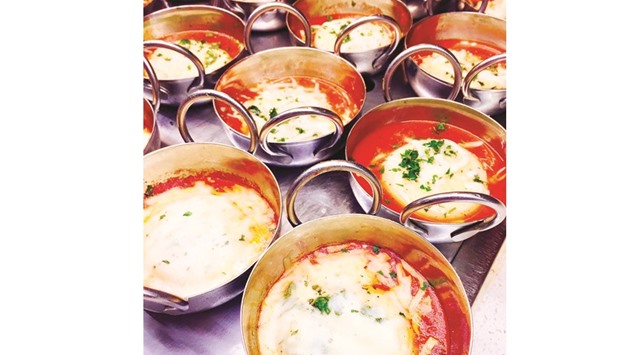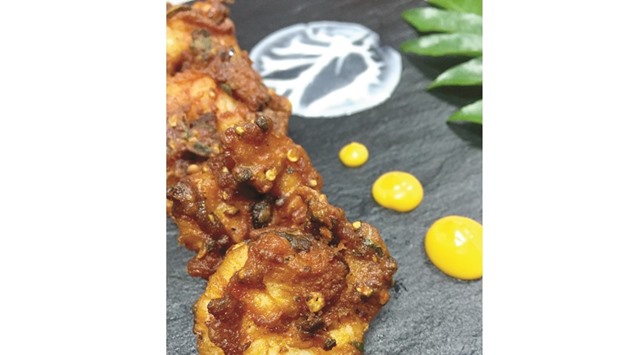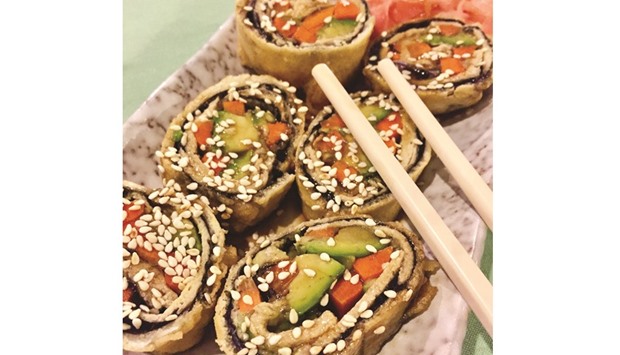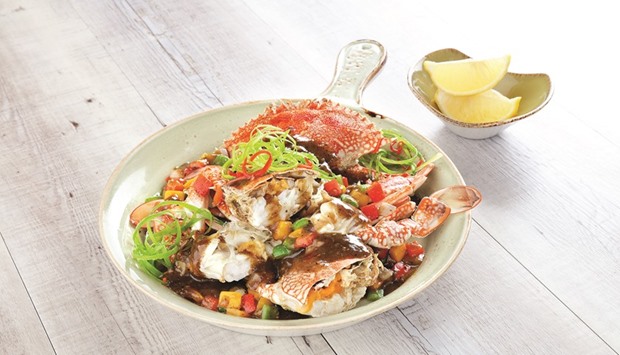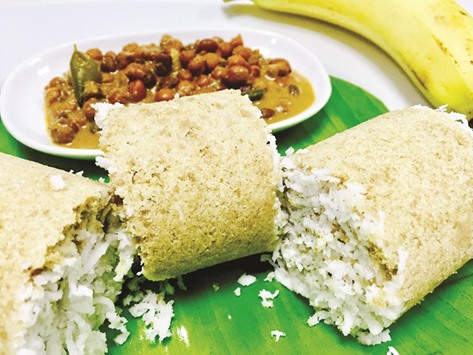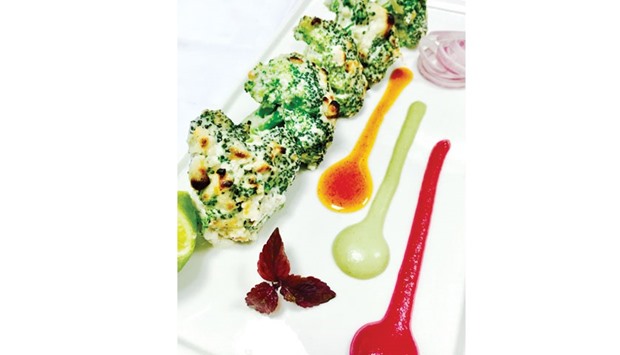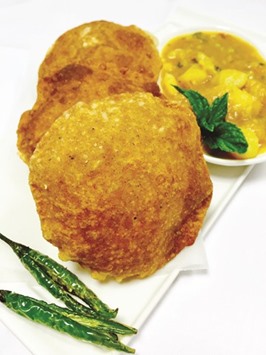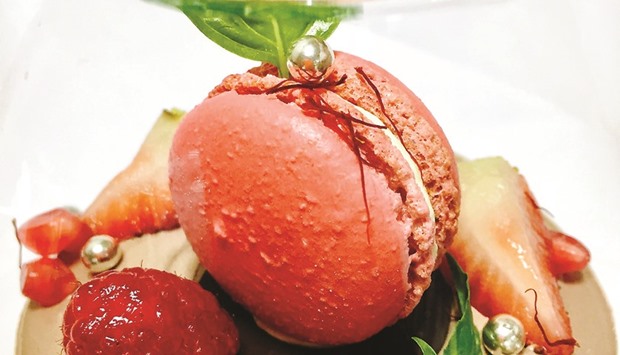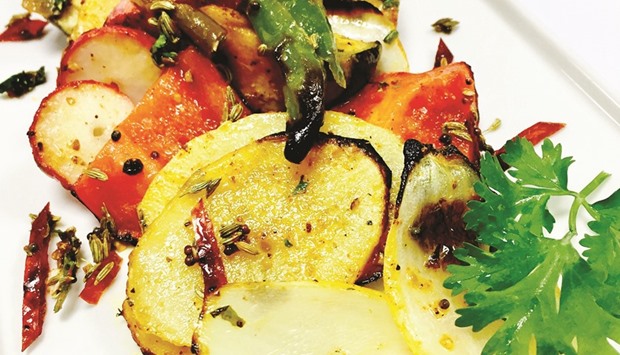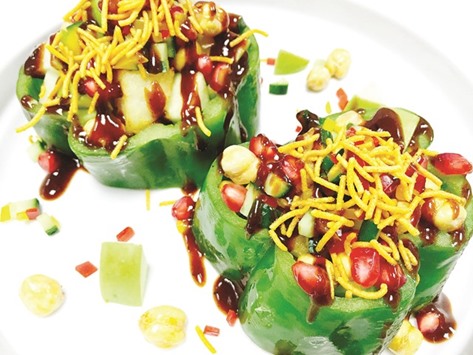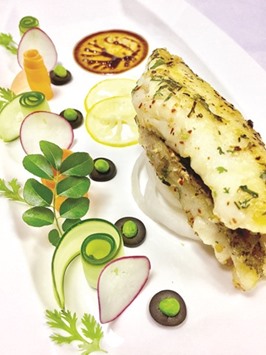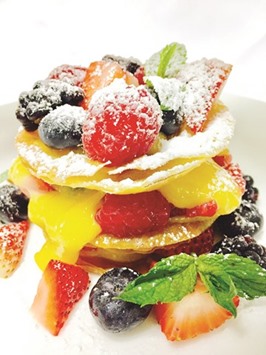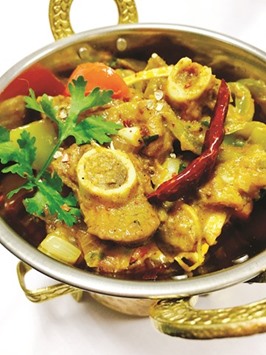The undoubted leader of Indian snacks, the samosa is probably not so Indian in its origin. Yes you read it right: the common man’s snack originated from Middle East. A samosa is a triangular crispy pastry, filled with hot and flavourful filling to make it a complete meal in itself. Whenever I write about any food, I make sure that I research more about that food item and then come up with my thesis on that topic and share my conclusions with my readers. Many of you will be having a presumption in mind that the samosa was indigenous to India, but it dates back to as early as 10th century in central Asia, or the land of pyramids where they were referred as “samsa” due to their unique triangular shapes. Muslims then travelled to India and introduced these wonderful snacks to the Indian subcontinent. On its introduction to the Indian subcontinent, the samosa was widely appreciated and adapted as a common food item among the masses. Arabic cooks referred to these pastries as “sanbusag” or “sambusak,” which originates from the Persian word “sanbosag”. Samosa was popular due to the fact that it can be easily prepared beforehand and consumed later. Small mince-filled triangles were easy to make around the campfire during night halts, to be packed into saddlebags as snacks for the next day’s journey. I have tasted samosas with a variety of fillings – like the regular potato, vegetable, chicken, lamb keema, dry fruits, to the unusual noodles, macaroni, pasta and others. The samosa has been very popular in South Asian cuisine for the last eight centuries. The taste of the samosa transcends class and status. It has been enjoyed in the courts of Sultans and Emperors, as well as in the ‘gullies’ and streets of towns and cities across India and Pakistan. Also the samosa was not always vegetarian-friendly, as it is in its present form – filled with potato filling. The vegetarian version of the samosa came into existence after the samosa arrived in India, due to the large vegetarian population. Centuries later, the samosa is one of the most popular vegetarian snacks in India. In North India, the pastry is prepared from maida flour and houses fillings such as a mixture of mashed boiled potato, green peas, onion, green chill, seasoning and spices. Meat samosas are also common in North India and Pakistan, with minced lamb, and chicken being the most popular fillings. Paneer is another popular filling in northern India and is priced higher than the regular filling. Samosas are served hot and usually eaten with fresh chutney such as mint, or tamarind. In Punjabi households, dhabas (cheap roadside restaurants), and street stalls, samosa is served with a chick pea curry called ‘channa’. In Bombay another version is popular called the samosa chaat – in which samosa is deep fried and then mashed on a bed of chickpea curry and is drizzled with tamarind, mint, chopped onion, tomato and yoghurt sauce and seasoned with tangy chat masala and fresh coriander leaves. Street food destinations, particularly in Mumbai, are popular with the Samosa Pav. This is a samosa served in a fresh bun, and it is like an Indian samosa burger. A sweet samosa, known as a Mawa or Gujiya Samosa, is also eaten in some parts of India, particularly to celebrate Diwali. In parts of Northern India, varieties of sweet samosas include dried fruit. Inspired from the sweet samosa, today I’ll tell you about the chocolate samosa which is like a blend of east and west cuisine. As you travel around India you will come across different versions of the samosas, like in Hyderabad they are called “lukhmi” which has a thicker pastry crust and is usually filled with mincemeat. During my stay in Kolkata, I came to know about samosas that are denominated as “singharas” and are smaller and sweeter than the regular samosas. In Arab countries close to the Mediterranean, the semi-circular ‘sambusak’ contains minced chicken or meat with onion, feta cheese, and spinach. Samosa making seems to be simple but the toughest part is to shape it in its unique shape. The samosa has become so mainstream that it is now sold in the big chain supermarkets. It is available as ready meal, as a ready-to-eat snack in the deli section, and as a frozen food item. The samosa is a truly international food, which is enjoyed by millions around the globe. So why would you want to be the one missing out. Chocolate Samosa Ingredients Samosa sheets 1 pkt Chocolate chips 250 gm Mint leaves few sprigs Flour 2 tbsp Water 2 tbsp Oil to deep fry Garnish Rose sauce to garnish Chocolate sauce to garnish Method Chop the mint leaves and mix with chocolate chips. Make a flour and water mixture and keep aside in a bowl. Flatten the samosa sheet and fold one end to make a cone. Place the chocolate chip mixture in the cone and fold completely to get a triangle shape. Secure the end using the flour and water mixture. Heat oil in a heavy bottom pan and deep fry the prepared samosas till the outer shell is crispy Serve hot, garnished with rose syrup and chocolate syrup. Note: The reason I recommend samosa sheet for the above recipe is to ensure the uniformity of the outer shell and also to make easy the samosa making process. You can replace also chocolate with any other filling of your choice. * Chef Tarun Kapoor, Culinary Mastermind, USA. He may be contacted at [email protected]
Sunday, November 24, 2024
|
Daily Newspaper published by GPPC Doha, Qatar.

